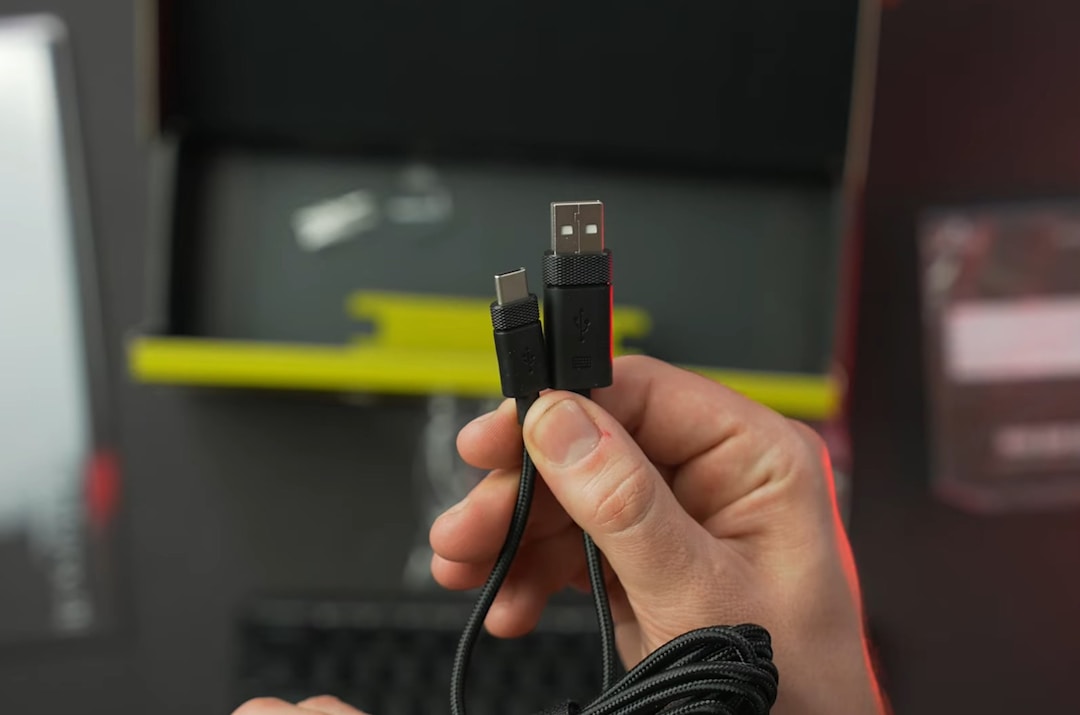Cooling Fan: What are the differences between 2-wire, 3-wire, and 4-wire fans? A comprehensive analysis!
Release time:
2025-07-08
A model ⇒ 2-Pin connector DC/AC cooling fan 
Number of wires: 2 wires (power positive + power negative).
Function:
Only supports basic power supply, no speed control or monitoring.
Fixed speed, directly determined by the input voltage (e.g., 12V/24V/48V).
Application scenarios:
Low-end equipment, simple heat dissipation requirements (e.g., chassis auxiliary industrial cooling fans, low-power electronic devices).
B model ⇒ 3-Pin connector DC/AC cooling fan
Number of wires: 3 wires (power positive + power negative + speed signal wire).
Function:
Supports speed monitoring (Tachometer): The real-time speed of the 24V DC/220V AC cooling fan is fed back through the signal wire (usually outputting a pulse signal).
Still does not support speed control; speed is controlled by the input voltage.
Application scenarios:
Scenarios requiring monitoring of 48V DC cooling fan/110V~220V AC fan status (e.g., servers, industrial control equipment).
C model ⇒ 4-Pin cooling fan (PWM fan)
Number of wires: 4 wires (power positive + power negative + speed signal wire + PWM control wire).
Function:
PWM speed control: Dynamically adjusts the speed through a PWM signal (square wave pulse) (duty cycle control, e.g., 25%-100%).
Speed monitoring: Retains the speed feedback function of the three-wire model.
High efficiency and energy saving, better noise control.
Application scenarios:
High-end PCs, servers, inverters, and other equipment requiring precise temperature control.
Comparison Summary
Type Speed Control Speed Feedback Number of Wires Typical Use
Two-wire ❌ Fixed speed ❌ None 2 Simple heat dissipation
Three-wire ❌ Fixed speed ✔ Yes 3 Equipment requiring speed monitoring
Four-wire ✔ PWM speed control ✔ Yes 4 High performance
Heat dissipation, intelligent temperature control
The above selection strategy can be used in the field of low-voltage mini ultra-thin cooling fans.
Let's learn together about the selection of industrial cooling fans, so that our selection is no longer anxious!



